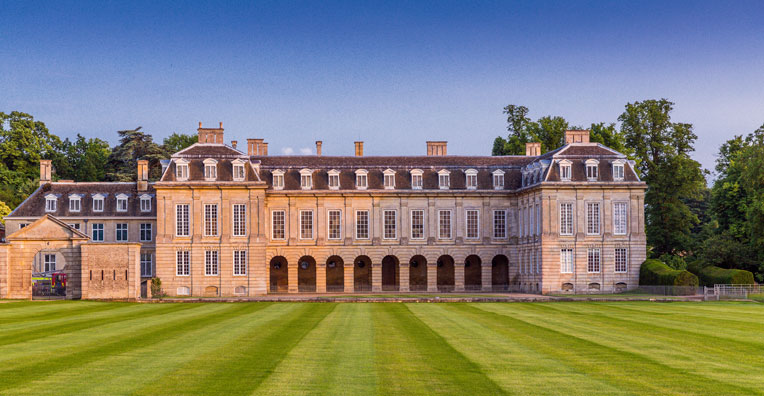Boughton House Summer Season
1st August, 2014
Some of the UK’s most stunning art and architecture can be enjoyed at a month-long summer opening at Northamptonshire’s Boughton House.
The Duke of Buccleuch is offering visitors the chance to soak up the unique heritage of his historic family home, just an hour from London, during a series of August tours.
For the first time, the 16th century House and gardens at the 11 thousand acre estate, which was a primary filming location for the Oscar-winning film Les Miserables, will offer a comprehensive grand House tour alongside an express ground floor tour of some of Boughton’s most precious treasures.
As well as the works of Gainsborough and Van Dyck, and a portion of the renowned Buccleuch collection inside; including paintings, objets d’art and armoury, the art extends outdoors to Kim Wilkie’s wondrous inverted pyramid Orpheus and Angela O’Connor’s sculpture Lifeflow.
Charles Lister, Boughton House Property Manager, said: “We’re looking forward to welcoming visitors to the Estate during the month of August. Boughton is steeped in history and culture, which will be celebrated through our summer tours. Those who take part will have a wonderful opportunity to enjoy Boughton, known as the English Versailles.”
From August 1-31, Boughton’s gardens, gift shop and café will open between 12-5pm, with last entry at 4pm. Tours of the House will operate from 1pm-4pm, with comprehensive grand tours running between 2pm-3.30pm, express ground floor tours operating between 2-4pm and a special tour and a special Bed, Books and Beyond tour of the upper floors taking place at 1pm daily (excluding August 19).
Also on the Estate during August, open-air film screenings of Les Miserable and Grease are scheduled for August 2-3, an art, craft and design fair will be hosted on August 9-10 and Greenbelt Festival (August 23-25) will also take place.
Charles added: ‘This is an exciting time for Boughton, with lots of special events coming up. It’s wonderful that more and more people are becoming part of Buccleuch’s history.’





